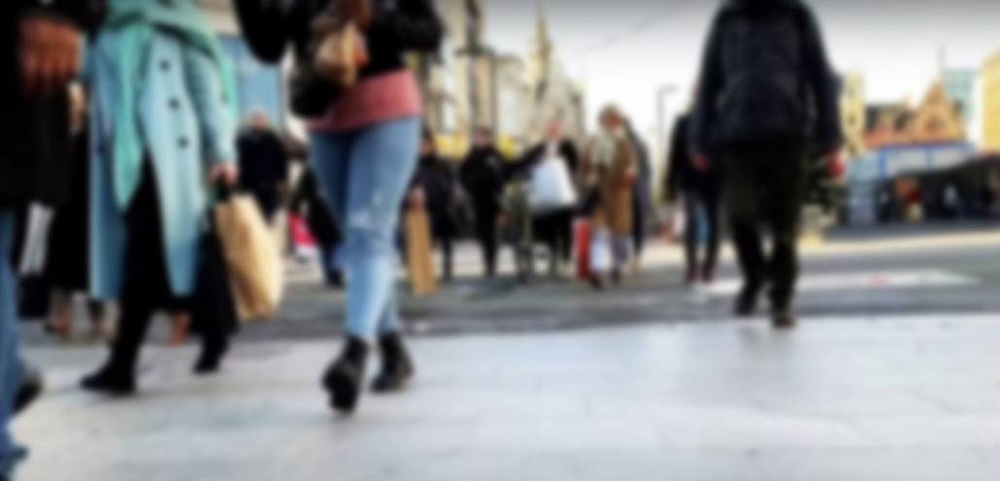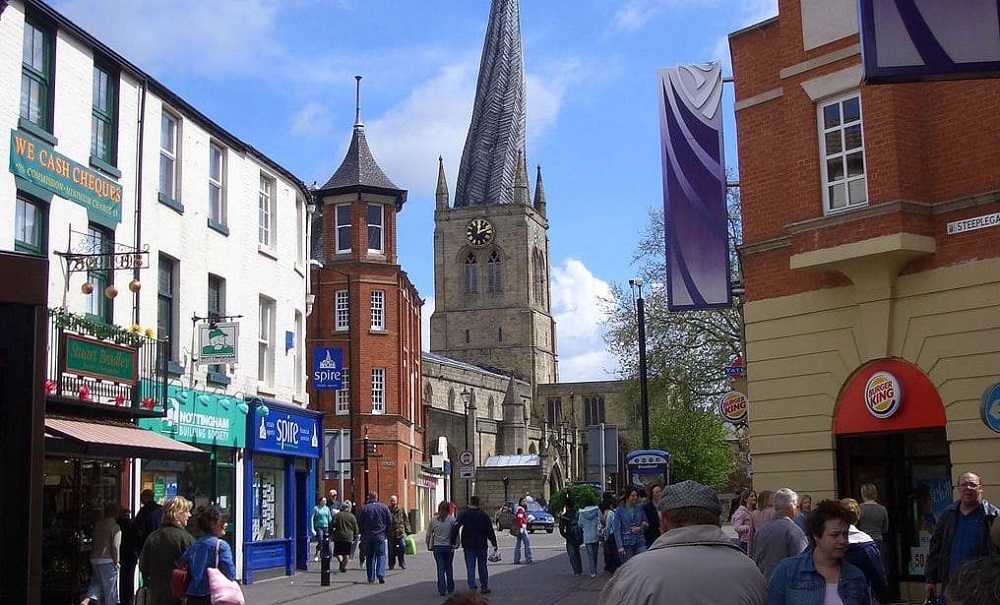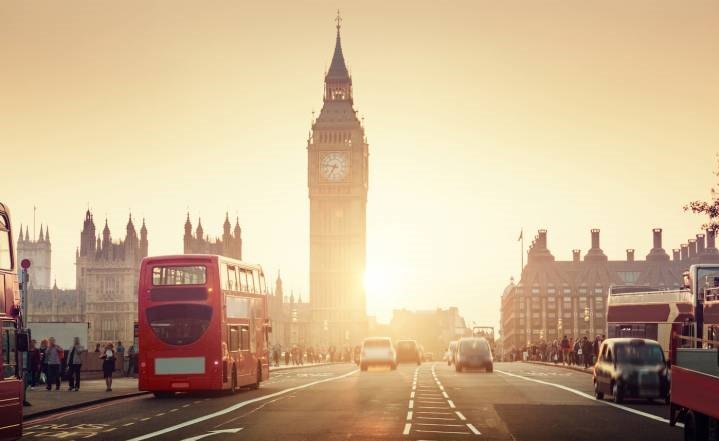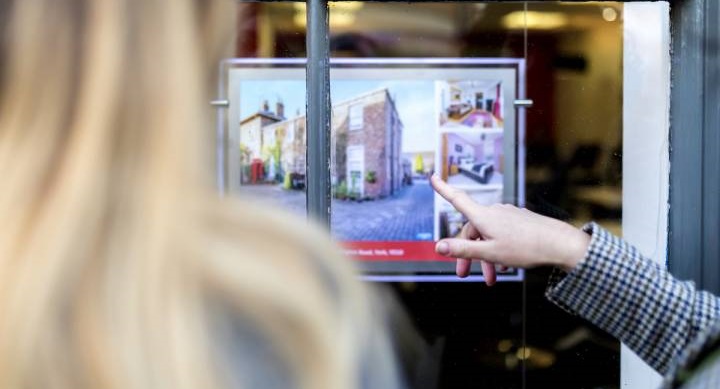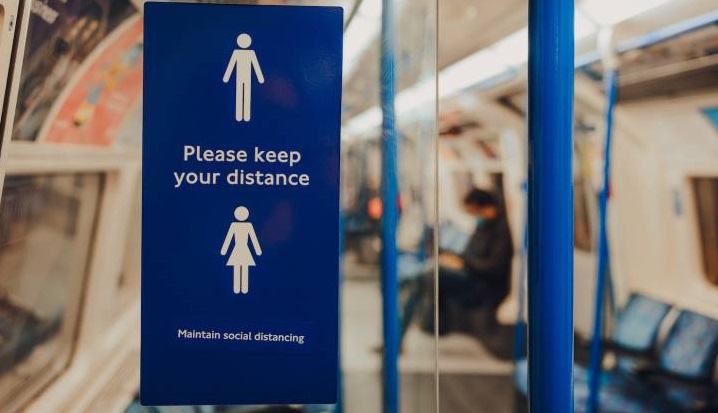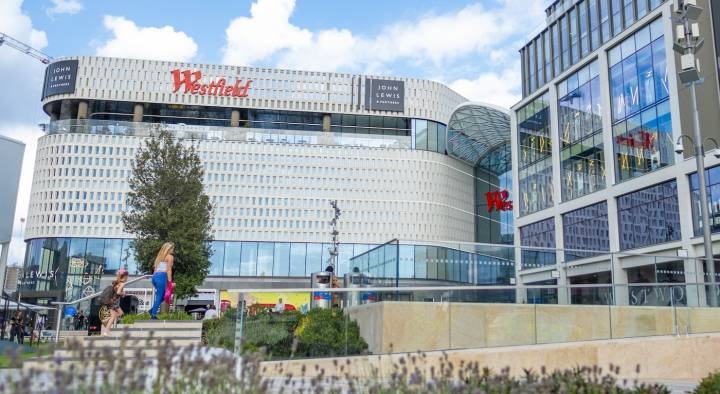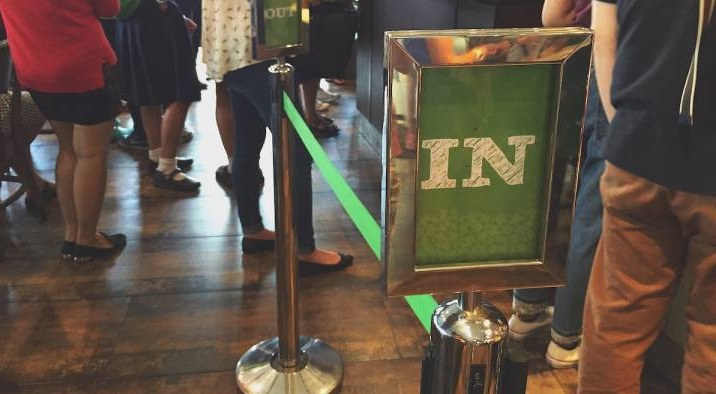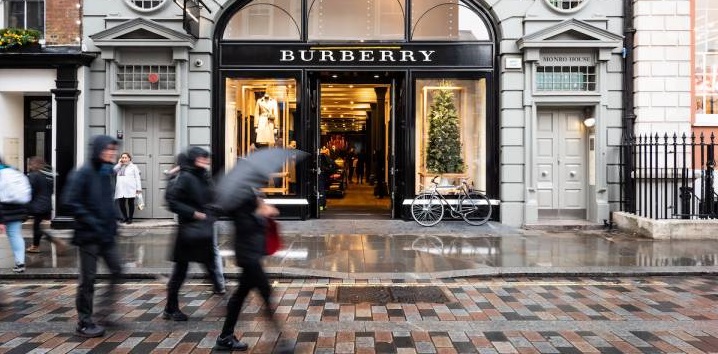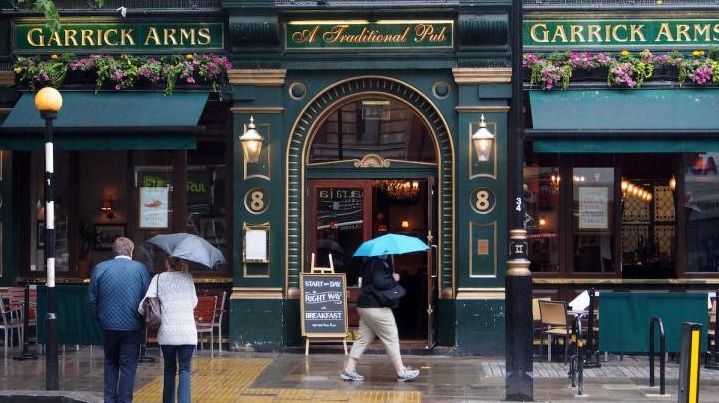We are delighted to have sponsored today’s The Seaside and Coastal Regeneration Conference 2021, chaired by Professor Sheela Agarwal and featuring contributions from Sally-Ann Hart MP, Chair, All-Party Parliamentary Group on Coastal Communities. Our own Ben Ward-Cochrane, industry lead for Local Government presented original research contrasting seasonal coastal economies through footfall and catchment area analyses using mobility data from Community Vision
Londoners are staying closer to home than residents of other towns and cities as the country counts on a post-Covid recovery. Since the depths of lockdown England during January 2021, Huq’s measure of population mobility – that is, the mean maximum distance travelled each day – has recovered 50% as a whole. While residents in The South and North are building towards 75% and 86% of pre-pandemic levels respectively, London lags 35% behind at just 50%.
Abersoch has become the most popular holiday town in North Wales, with tourism rising 72% above pre-pandemic levels as businesses in the region reap the benefits of a staycation boom. To gather the insight Huq measured the number of visits over the last three years and indexed the data to the 2019 summer season mean. The insight reveals a sharp uptick last summer, when restrictions first limited international travel, followed by an even sharper rise this year.
The number of people visiting Brighton’s shops dropped by 6% over the last month, as Huq’s geo-data reveals how the economy of the most ‘pinged’ city in the South East is being impacted by people being told to self-isolate. In our deep-dive series exploring the link between alerts and the impact on economic activity, today’s focus is on the South East where more than 87,309 NHS self-isolate alerts were sent and the seven days leading up to 14 July.
The NHS’ Covid-19 app sent a record 607,486 contact tracing alerts in the week ending July 14th and despite the UK today has entering its seventh daily drop in cases, high-frequency geo-data shows how the ‘pingdemic’ continues. In our deep-dive series exploring the link between alerts and the impact on economic activity, today’s focus is on the East of England which includes Essex, Great Yarmouth and Cambridge.
The UK has experienced a fresh wave of Covid-19 infections in recent weeks. Figures from the JHU show that cases peaked on July 20th and have since fallen. The NHS’ Covid-19 app sent a record 607,486 contact tracing alerts in the week ending July 14th. The IHS Markit/CIPS composite PMI fell 4.5% from June to July. Some suggest that high alert-levels are having an adverse effect on the economy as workers and shoppers stay home. The moniker for this new feature of the crisis is the ‘Pingdemic’.
Can we expect a rush back to the office as UK restrictions lift on July 19th? In recent weeks Huq has studied the return of the commute through a range of lenses. We have observed the shape of the London rush hour and shown how that has changed. We have carried out a related study showing how workers now favour different days in the office too. Today’s analysis shows how enthusiasm for the office is polarised across London’s commuter belt. Further, we find that the contrasts are particularly stark within counties that comprise it.
Beating the Monday blues is set to get easier in the post-pandemic world, as Huq’s latest insight into commuter patterns reveals a significant shift away from travel at the start of the week. Last week we looked at peak travel times on TFL’s Greater London network and how tends towards the evenings – with little apparent morning rush hour. Today Huq’s high-frequency mobility data shows how ‘hybrid’ working could impact businesses trading off the commute economy throughout the week.
To work from home, from the office or both. The jury is still out. Large cities like London depend so much on the commuter market. How soon historic commuter patterns return – if at all – is very significant for the local economy. Earlier this week we looked at the rise in daily trips into the Square Mile from towns in Essex. Some tantalising indications emerged. Today we look at peak travel times on TFL’s Greater London network and measure how the profile has changed.
Data made available just 48hrs behind real-time reveals a 30pt rise in visits to London Estate Agents versus the autumn of last year, the period prior to the last lockdown. This rise suggests warming in the capital’s residential property market as people rush to complete before the end of the stamp duty holiday on 30 June. Official statistics released this week by the Office for National Statistics shows how, despite a small recent drop, property market has been running at its fastest pace since before the financial crisis in 2012.
The number of transits through post-Brexit ports is up to 25pts greater than they were pre-Brexit and before the pandemic, with high-frequency mobility data supporting evidence of growing UK international trade. This original measure has been created using Huq Industries’ proprietary, first-party data, and is made available at just 48hrs behind real-time. The output shows that since the start of the 2021, transits through UK ports of entry have consistently surpassed levels observed at any time in the past 18 months
Central Manchester is the busiest it’s been since the start of the pandemic, with footfall levels more than double what they were in January 2020 as the city grapples with a surge in new Delta-variant cases. This high-frequency data, made available at just 48hrs behind real-time, is a proprietary output from Huq Industries, the leading provider of footfall, mobility, store visit and real economy data to professionals in finance, government, retail and real-estate.
Usage of London’s transport network – which includes TFL’s tubes and buses – and overland commuter services has regained 60% of pre-pandemic levels as the country eases out of restrictions implemented during the last six months. London has lagged the UK across multiple measures since the crisis began in March 2020, and with so much invested across the capital, businesses are eager for the signs of recovery that this research provides.
Visits to larger malls and shopping centres in the UK rose more rapidly than other retail destinations since re-opening on April 12th, with data reflecting the pent up demand felt by consumers eager to replenish their wardrobes at last. Footfall fell sharply as restrictions were implemented from December through to spring, however that the place of recovery across shopping centres has out-paced other forms of retail centres offers optimism for the category.
Visits to restaurants across the UK have climbed to 60% of pre-pandemic levels, the highest they have been since September last year. Huq’s Foodservice Index measures the number of people attending some 28,286 hospitality businesses in the UK (2,990 pubs, 19,799 quick-service (QSR) and 5,497 restaurants) and after a phased reopening, the restaurant sector has been bouncing back fastest.
The UK’s accommodation sector experienced its biggest surge in almost a year in the lead up to the Spring bank holiday, with geo-data revealing the scale of demand for domestic breaks. According to Huq’s Index, which measures the number of customers present in a range of sectors in comparison to the February 2020 average, visits to B&Bs, hotels and guest houses across the UK recovered 25pts post reopening in April, before jumping a further 60pts in the build up to the late May bank holiday.
Visits to the UK’s hospitality and restaurant sector went up by around a third (32%) in the week immediately following the re-opening of indoor hospitality on Monday 17 May. The data includes the first Saturday since restrictions were relaxed. The North West region saw the largest jump in activity, rising by an average of 39%. However, Greater London came dead last, showing a rise of only 22%.
Visits to non-food retail stores more than doubled since restrictions eased last month, with the trend showing that footfall has risen from 10% to over 30% of pre-pandemic levels. This index from Huq Industries measures in-person visits to stores ranging from clothing, shoe shops and homeware to DIY, pet shops and opticians to chart how that value has changed in relation to the equivalent weekday median in February 2020.
The number of British residents travelling overseas has risen by more than 30% so far in May with the cautious reopening of international on Monday 17th. This rise is even more pronounced among ‘green-list’ countries, where quarantining on return is not required, showing a 2.5x increase in trips made from the UK over the same period.
Publicans hoping for packed beer gardens after reopening last month have found punters being held back by an uninvited guest – the rain – with geo-data revealing how one of the wettest late springs on record might have subdued the sector’s recovery. The number of people visiting pubs in England more than doubled from Friday 16 April to Thursday 22 April, from around 16% of the levels we saw in January 2020 to almost 35%.








